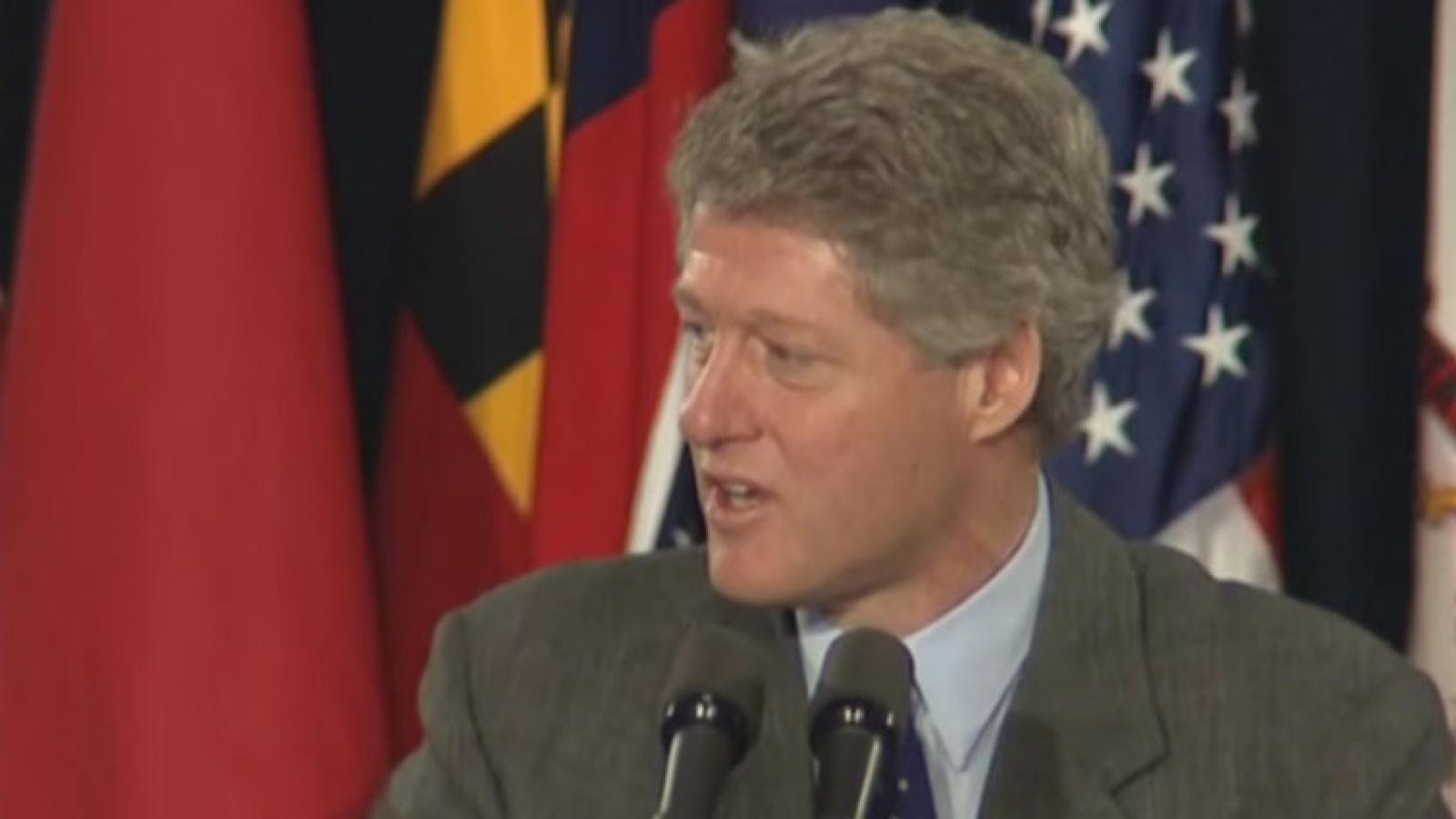A strategy for NAFTA modernization
The political promise to renegotiate NAFTA is real and potentially troublesome, but it could be used to genuinely modernize the agreement
Reports indicate that the United States, Mexico and Canada may begin negotiations to modernize the North American Free Trade Agreement (NAFTA) as early as June. What, exactly, would that mean?
President Trump cannot simply alter the agreement.
It is important to recognize that NAFTA itself contains no authorization for the three parties to renegotiate. President Trump, President Nieto, or Prime Minister Trudeau could each announce their intention to withdraw from NAFTA and then exit six months later. But President Trump cannot simply alter the agreement.
Indeed, the only negotiating authority that he possesses is that granted by the Congress to President Obama under Trade Promotion Authority (TPP) in order to negotiate the Trans Pacific Partnership (TPP). The president inherits this authority, which represents a tremendous opportunity. Both Mexico and Canada were partners in the TPP negotiations, so it would be straightforward for President Trump to adopt sections of the TPP as a way to bring NAFTA up to date.

For example, electronic commerce was basically non-existent when NAFTA was negotiated. It makes perfect sense to bring it under the NAFTA umbrella. As noted by Commerce Secretary Wilbur Ross, “[W]hat is clear is that NAFTA is a very old agreement. It does not really deal with either the Mexican economy or the U.S. economy or the Canadian economy in their current forms, so at a minimum, it needs an update.”
A potential sticking point is the apparent political need for President Trump to achieve a political win in his negotiations with Mexico. Mexico is undertaking its own review of NAFTA and has taken the position that “no NAFTA is better than a bad NAFTA.” This seemingly sets up a potential head-on collision between the U.S. and Mexico.
A possible solution to this is to broaden the discussion beyond a narrow focus on trade to include security issues. Specifically, it could make sense for the U.S. to “insist” that Mexico shoulder a greater role in security issues at the border, especially narcotics trafficking. This would grant President Trump the concession he wants, permit Mexico to sign a trade agreement that it supports, and provide a path forward for a renewed partnership in North America.
This is a broader strategy than the rumors circulating about a focus on the rules of origin in NAFTA, and perhaps currency issues. But regardless, settling on a strategy and moving forward is an urgent priority. Mexico faces a presidential election in 2018, and there are early signs that NAFTA is becoming a populist issue there as well. Protracted and failing negotiations raise the specter of a left-wing Mexican government, an outcome that the Trump administration would be wise to avoid.
The political promise to renegotiate NAFTA is real and potentially troublesome. But there is the possibility it can be used to genuinely modernize NAFTA and solidify the North American partnership.
